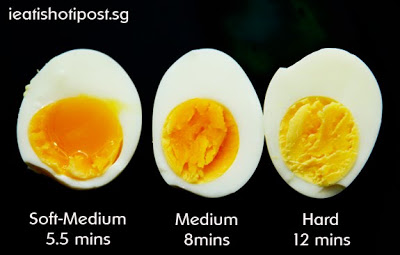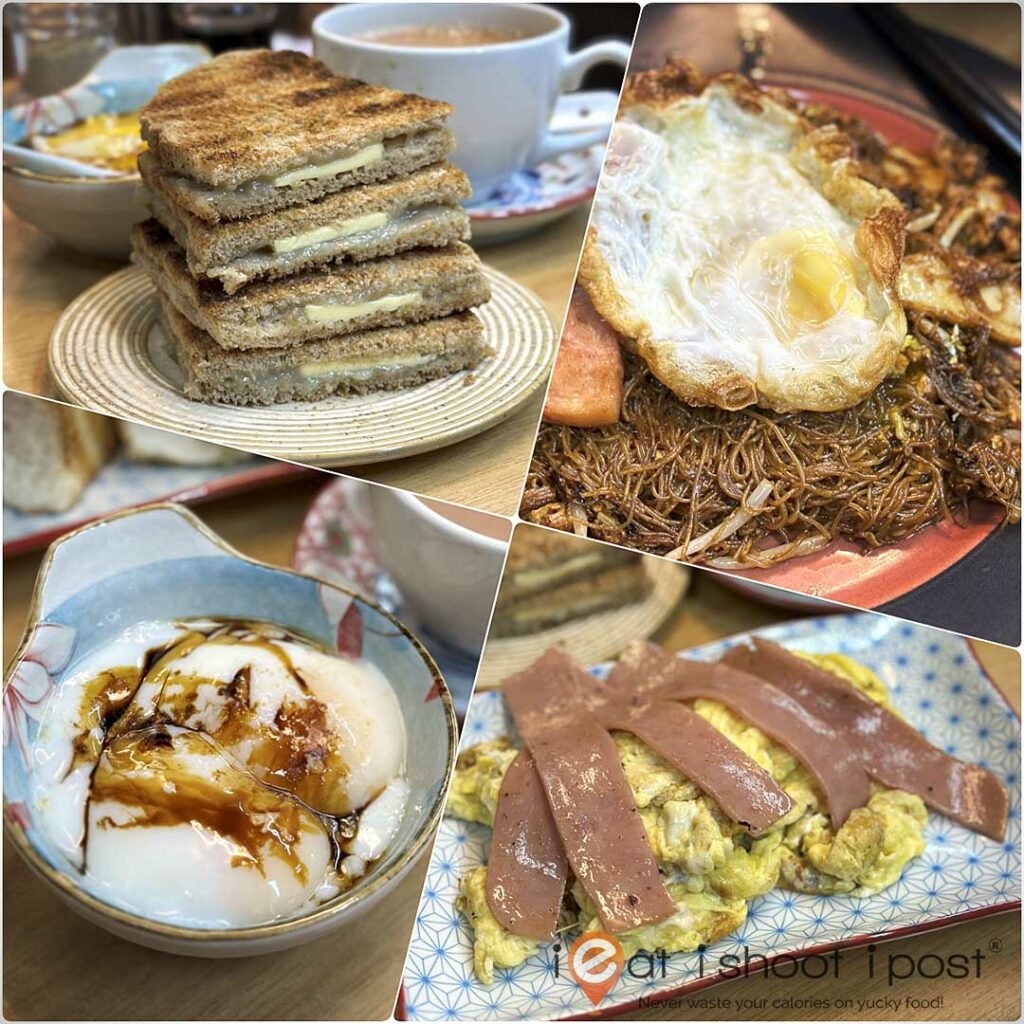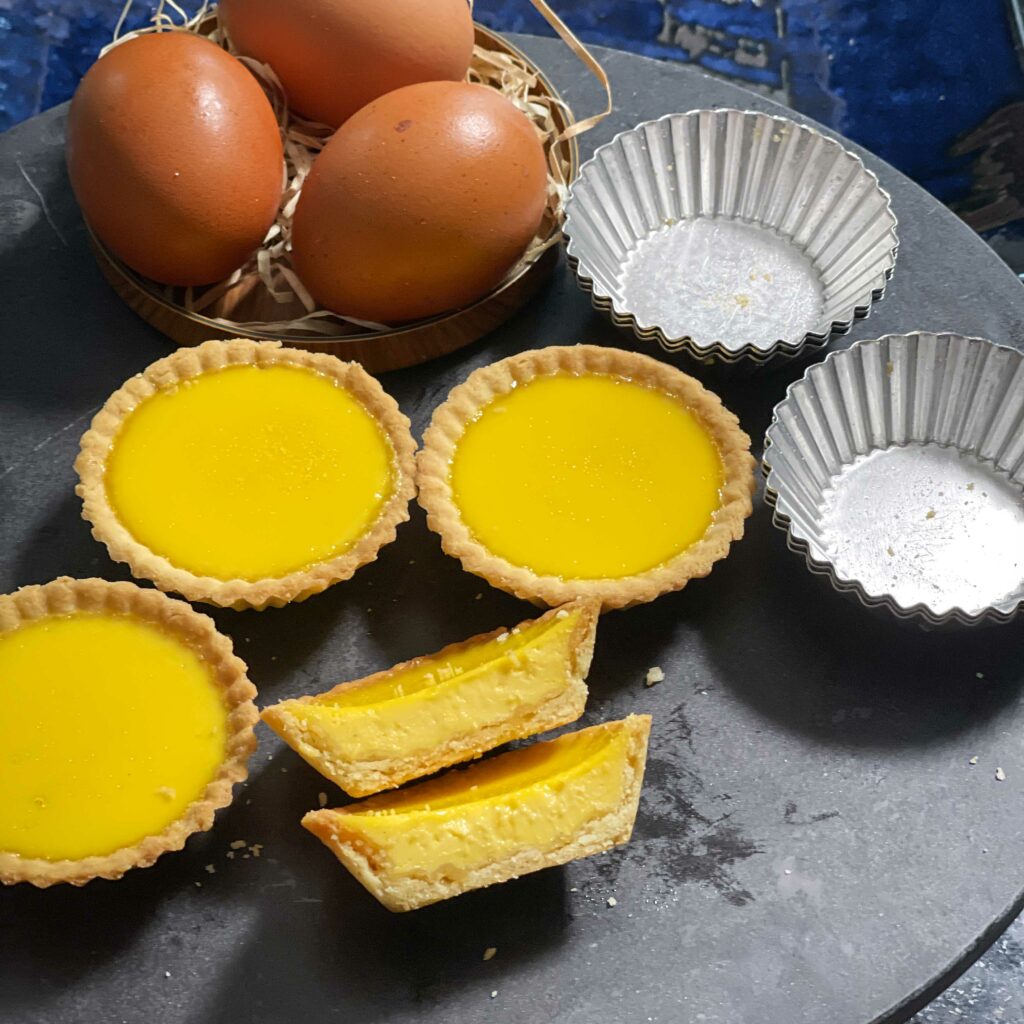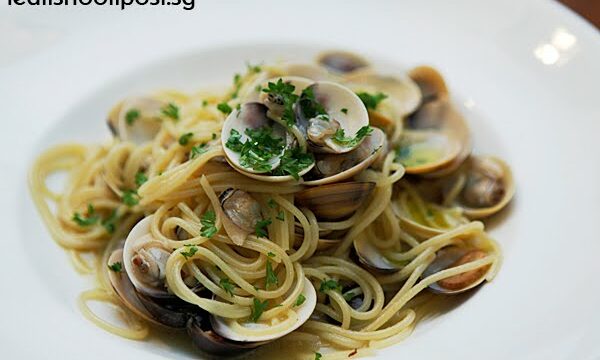 When you first started to learn the English language you began with the ABC. When you first start to learn to cook, you probably began by learning to cook an egg. At least I did. But those were the days before instant noodles were invented. Nowadays, I think that there would be many more who start by cooking instant noodles rather than learning how to cook an egg. Unless of course you consider cracking an egg into your instant noodles a specific form of cooking eggs as well.
When you first started to learn the English language you began with the ABC. When you first start to learn to cook, you probably began by learning to cook an egg. At least I did. But those were the days before instant noodles were invented. Nowadays, I think that there would be many more who start by cooking instant noodles rather than learning how to cook an egg. Unless of course you consider cracking an egg into your instant noodles a specific form of cooking eggs as well.
In this Video Blog series, I embark on my own personal journey of learning to cook an egg. Many of us might assume that we know how to cook an egg, but if I were to ask 10 people to cook an omelette, I think you might get 10 very different looking omelettes. You would think that boiling an egg would be the easiest thing in the world to do. But how often do we still see that ugly grey ring around the yolks when we eat hard boiled eggs at the hawker stalls?
The humble egg is underrated and often taken for granted. But when bird flu struck a few years back, we were all lamenting that we could not order a Roti Telor and that our Char Kway Teow is just not the same. The fact is that the egg is one of the most tasty food around. On top of that, it’s a great source of protein and it is very cheap. We all love the taste of eggs, be it Cavier (Sturgeon), Bottarga (Mullet), Ikura (Salmon) or even Hairy Crab roe. But we pay a bomb for these eggs compared to the humble chicken egg. If you were ever in the middle of Neo Tiew Village in the middle of the night with a bunch of guys in army green badly in need of a bath, the smell of fried eggs cooking in a mess tin is every bit as heavenly as any of the other eggs.
So let’s start at the very beginning and learn to boil an egg. A simple thing you say, but yet there are so many people who marvel at the seasoned eggs that they serve with your Charshu Ramen. I guess we Chinese are more used to having our Lor Nerng hard boiled, so the sight of a seasoned egg with runny yolk is a bit of a conundrum. Actually the recipe is very simple and the key is to know how long to boil your egg.
The following video will highlight some tips on boiling and peeling an egg. Don’t miss the bit at the end where I demonstrate a very interesting way to peel and egg which I hope will get you to say “Hey! I got to try that today!” I think it is an ieat original as I did came up with the idea and could not find it demonstrated anywhere else on the internet.
In order to get perfectly boiled eggs, there are several things to take note:
1. Boiling times will depend on several factors. Whether you put your eggs in and wait for the water to boil put your eggs directly into the boiling water will alter the cooking time. The boiling time will also differ if you use eggs straight out of the fridge as opposed to eggs at room temperature. I have found that the most practical way of standardizing the cooking time is to use eggs at room temperature placed into boiling water and start the timing when the eggs are placed into the water.
2. Fresh eggs are harder to peel than eggs which are a few days old because with the passage of time, the amount of air within the egg increases. So a few days old egg has bigger air bubble at the rounded end of the egg which makes peeling the egg easier. This is very important to note because if you are cooking the 5 minute egg for your Chashu Ramen egg, the egg is very soft and a super fresh egg is going to make the peeling process very difficult.
3. To prevent eggs from cracking when placed into the hot boiling water, you might want to use a needle to poke a hole at the rounded end of the egg to allow the air to escape.
4. To get the yolk to be in the centre of the egg white, stir the eggs around the pot when you place them into the boiling water.
5. In the video we demonstrated some really creative ways of peeling the hard boiled egg. But practically, I found that the most efficient way of peeling an egg is to quickly decant all the water from the pot and shake the eggs in the pot so that the shell gets cracked. Then immediatly soak them in cold water for 5 minutes. Soaking the eggs stops the cooking process immediately and prevents the ugly grey ring from forming. The grey ring forms because of the interaction between sulfur and iron in the yolk and white when the egg is cooked too long. The soaking also allows water to get underneath the membrane, lifting the shell off the egg white which will make it much easier to peel.
6. The method of blowing the egg out of its shell as shown in the video should only be done on Medium or Hard boiled eggs. As one of our readers have found, if you try it on soft boiled eggs, they might just break open when you blow the egg out.
Oh yes, as promised, let me share with you the method of cooking the Charshu Ramen egg. First you need to boil your soft-medium 5-6 minute egg like the one shown in the photo. Once you have your eggs peeled, simply put them in a plastic bag and add 1/3 soysauce, 1/3 sake and 1/3 mirin. You just need enough to cover the eggs. Leave them in a fridge overnight and you can sell your 20 cent egg for $1!
Special thanks to Sia Huat for sponsoring the videos! Sia Huat is Singapore’s biggest retailer of professional kitchen equipment. I get my stuff there because you can find almost everything you need all under one roof. And best of all, their prices are very competitive and their service staff are excellent. I got my pizza peel, pizza stone and Tau Huay bucket from there. I also recently managed to buy my rotating vegetable shredder there. (You know, the type that makes nice long strips of carrots for Yu Sheng)
Thanks also to Mayer for allowing us to film at their live Kitchen at Orchard Central.
PS:
Please let us know if you managed to peel the egg like how we did in the video!











